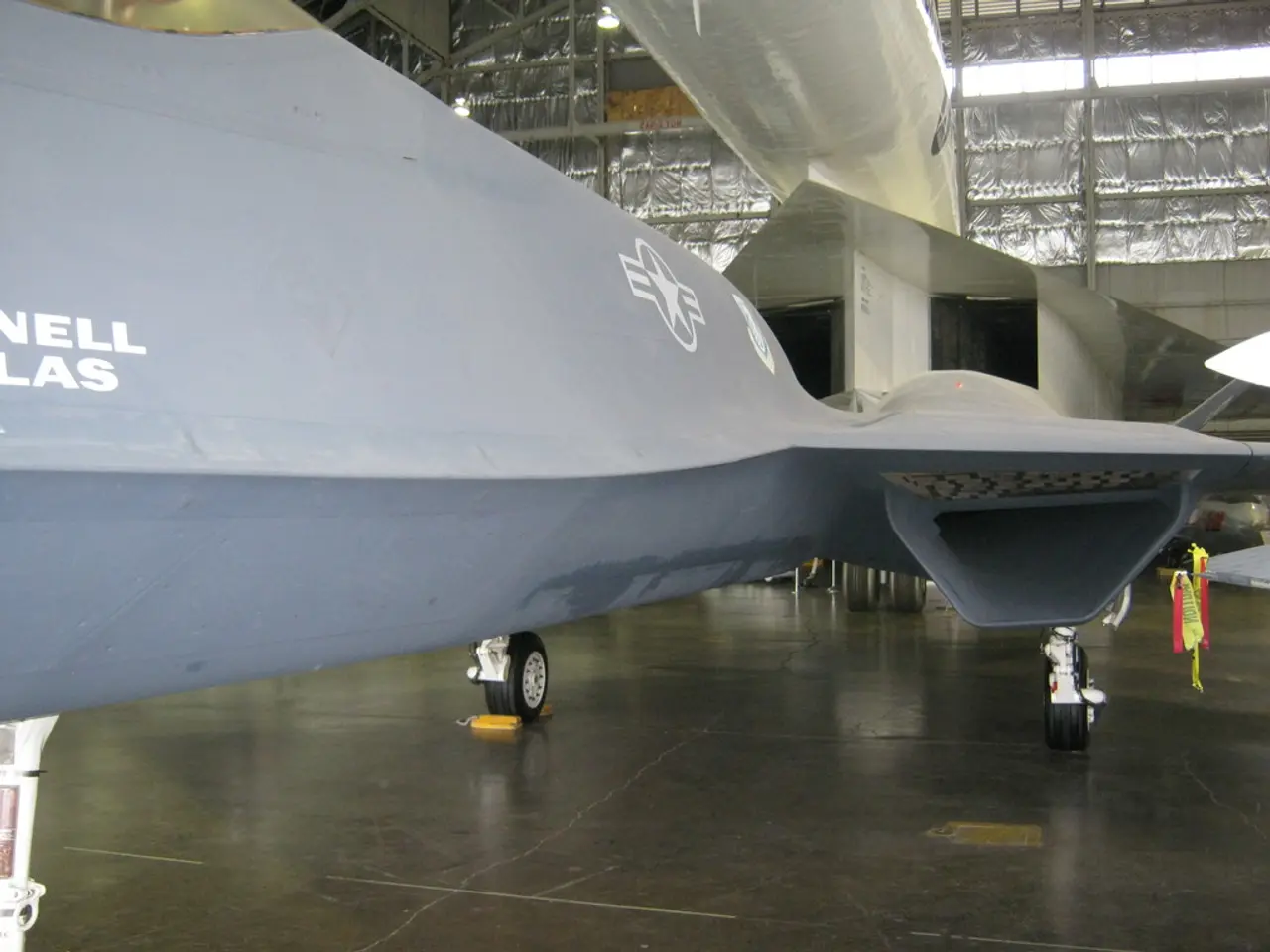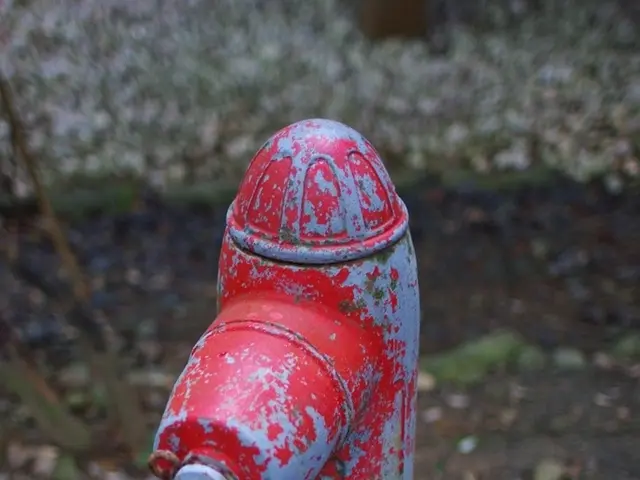Innovative Mind of Juan de la Cierva, a Spanish Genius
Juan de la Cierva y Codorniú, an international aviation genius born on September 21, 1895, in Murcia, Spain, dedicated his life to the design and construction of fixed-wing airplanes and gliders from 1916. His most significant contribution, however, was the invention of the autogiro, a revolutionary aircraft that bridged the gap between fixed-wing aircraft and helicopters.
Born to a wealthy family, de la Cierva's passion for flying was evident from an early age. At just sixteen, he built a biplane called BCD.1 with two friends. This early venture foreshadowed his future achievements in the aviation industry.
De la Cierva's key innovation was the invention of the autogiro and its critical technological advancement: the articulation (hinging) of rotor blades at the hub. This innovation allowed the rotor blades to respond differentially to aerodynamic and centrifugal forces during rotation, making controlled rotary-wing flight possible for the first time.
On January 9, 1923, de la Cierva made aviation history with the first successful autogiro flight in Spain. This breakthrough proved the viability of rotary-wing aircraft that use an unpowered rotor to generate lift by autorotation as the aircraft moves forward using a conventional propeller.
The autogiro's rotor head and rotor blade articulation concepts later contributed significantly to helicopter development, especially in rotor technology. Although helicopters eventually superseded autogiros as the dominant rotary-wing aircraft, de la Cierva's innovations laid the foundational technology that made the helicopter possible and advanced aviation technology substantially.
De la Cierva established the Cierva Autogiro Company in England in 1925. His autogiro made its first trip between the Cuatro Vientos and Getafe airports in Madrid in 1923. However, tragedy struck on December 9, 1936, when de la Cierva passed away in a plane crash at Croydon Airport.
In recognition of his contributions, de la Cierva received titles as a civil engineer, aeronautical construction specialist, and aviator pilot in Madrid. Despite his untimely death, his influence lived on. He inspired subsequent rotorcraft designers, including those who developed early helicopters and other rotary-wing vehicles, showing the practical application of rotary-wing flight dynamics.
De la Cierva's remains were initially buried in a Catholic chapel in England before being moved to Spain in 1946. His legacy continues to shape the world of aviation, with the autogiro serving as a testament to his groundbreaking inventions and pioneering spirit.
[1] Autogiro - Wikipedia, the free encyclopedia. (n.d.). Retrieved March 19, 2023, from https://en.wikipedia.org/wiki/Autogiro [2] Juan de la Cierva. (n.d.). Retrieved March 19, 2023, from https://www.britannica.com/biography/Juan-de-la-Cierva [3] Cierva Autogiro. (n.d.). Retrieved March 19, 2023, from https://www.airhistory.org/gy/cierva/cierva-autogiro.html [4] Juan de la Cierva. (n.d.). Retrieved March 19, 2023, from https://www.britannica.com/biography/Juan-de-la-Cierva/Early-life-and-education [5] Juan de la Cierva. (n.d.). Retrieved March 19, 2023, from https://www.britannica.com/biography/Juan-de-la-Cierva/Career [5] Juan de la Cierva. (n.d.). Retrieved March 19, 2023, from https://www.britannica.com/biography/Juan-de-la-Cierva/Death-and-legacy
Aviation pioneer Juan de la Cierva's inventions, such as the autogiro, bridged the gap between the aviation industry and the aerospace sector, introducing revolutionary technology in rotorcraft design. The strategic partnerships between finance and aviation technology facilitated the successful development and commercialization of this aircraft, reshaping the sports of air racing and international aviation. Today, his innovative rotor head and rotor blade articulation concepts remain significant in the modern helicopter industry, underscoring de la Cierva's lasting impact on the world of aviation and rotary-wing flight.








